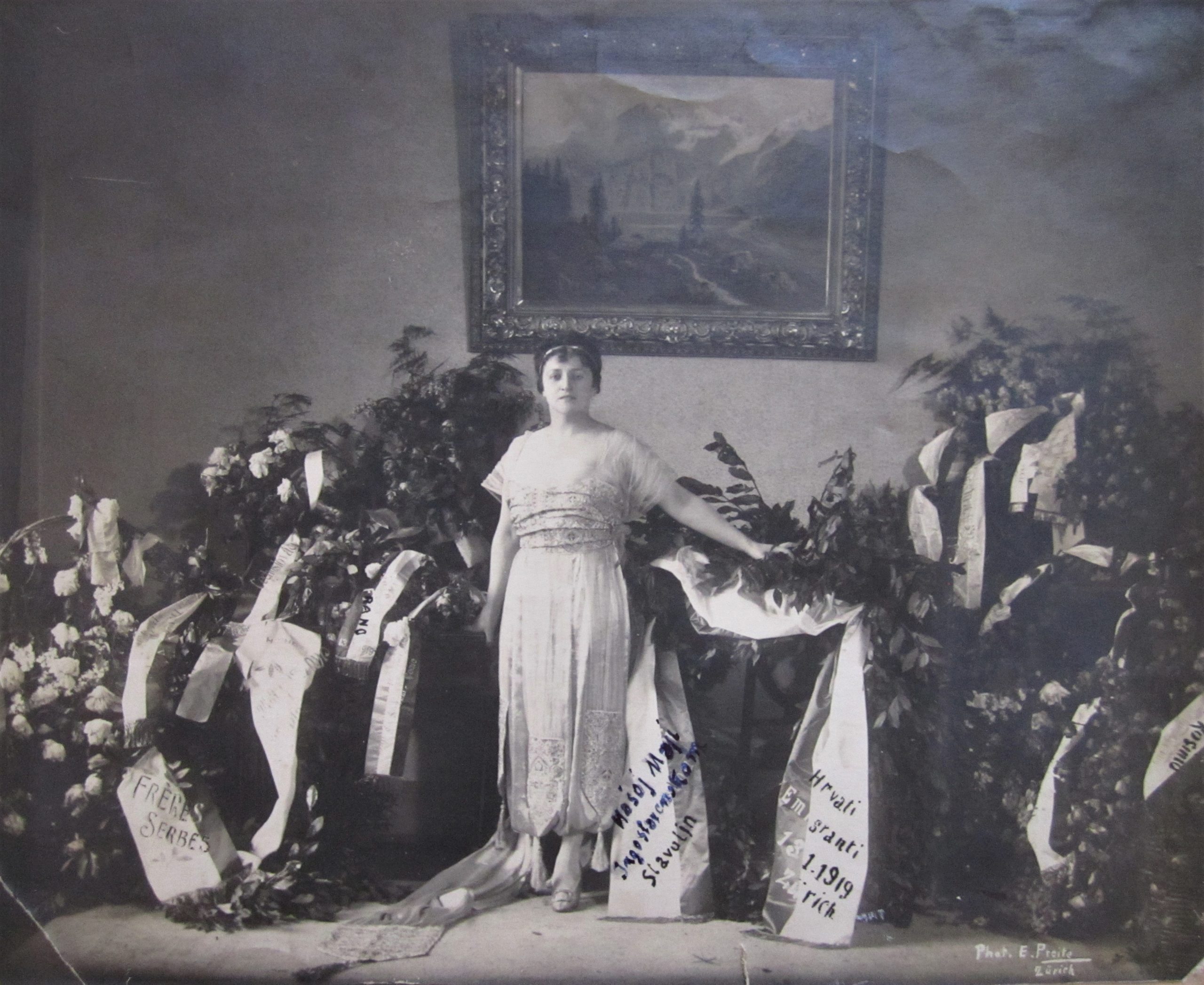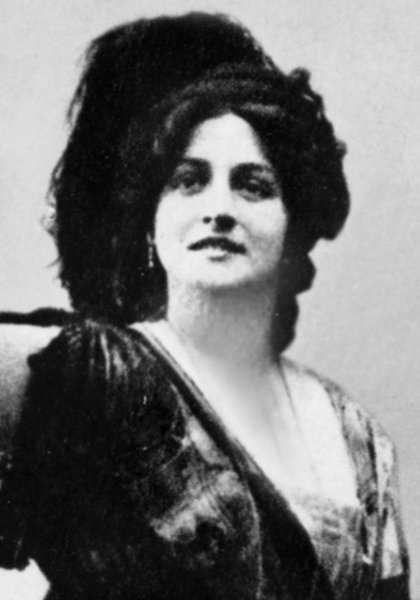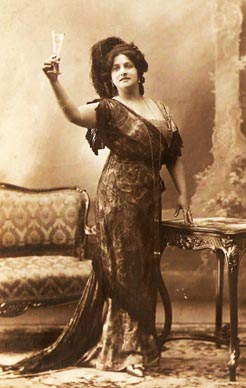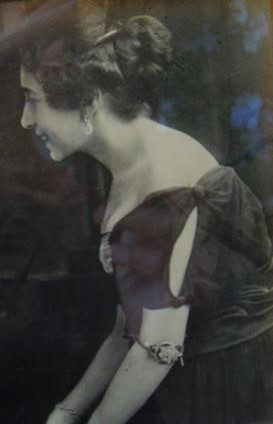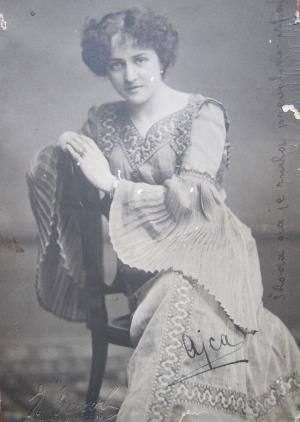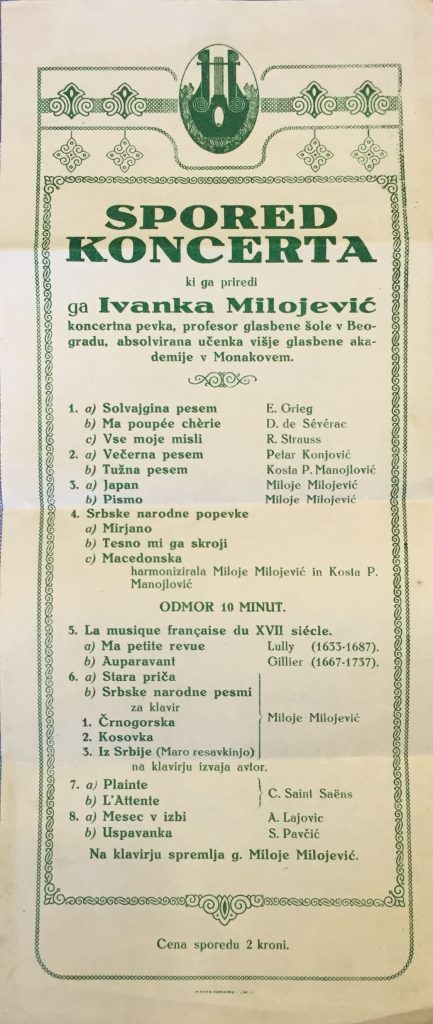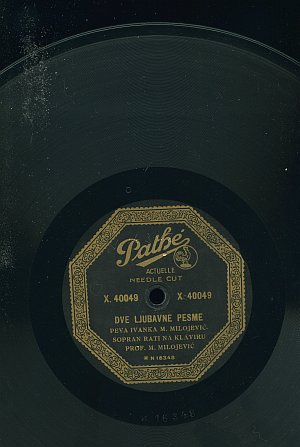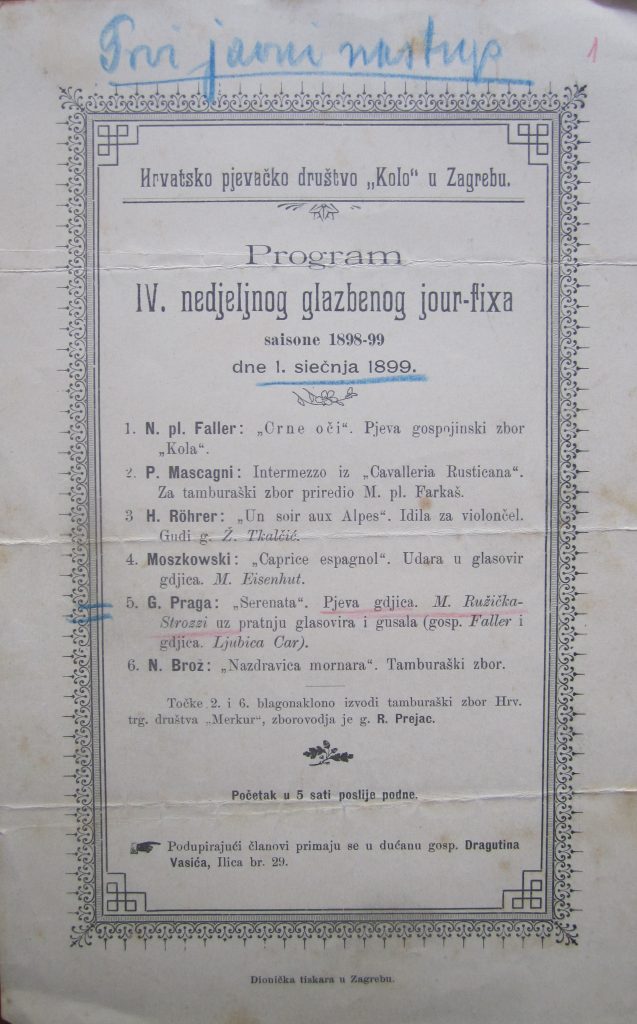A century ago, the South Slav territories were rocked by the struggle to unify. The strong Yugoslav idea – the unity of South Slavs based on their supposed common ethnic origin and language – prevailed, resulting in the formation of the Yugoslav state in 1918. In this time of nation building, traditions of high art music and ‘national’ music were forged simultaneously, promoting each other in an environment with an extraordinary mosaic of ethnicities, religions and cultures. Art song, the favoured genre for its poetic component and link with the vernacular tradition, led a double life as the work of art and the symbol of ‘national’ identity. The new ‘national’ music needed women to promote its songs; two remarkable women used this need to gain a public voice, literally.
I want to highlight two sopranos: Maja Strozzi-Pečić (1882-1962), an opera star in Zagreb, and Ivanka Milojević (1881-1975), the first concert singer in Belgrade. Both were hailed as pioneers of ‘national’ art song – songs by South Slav composers. They premiered the bulk of this repertory, using the ‘noble cause’ of building the new ‘national’ music to claim the concert stage as a suitable public platform for middle-class married women; moreover, they established the art song concert tradition, marking a clear departure from the standard regional tradition of potpourri concerts which featured a large number of performers and mixed programmes. Given the lack of concert halls and a professional network, they worked in less than favourable conditions. However, particularly in Belgrade the absence of artists’ agents – impresarios or venue owners – gave the artists a certain advantage, allowing them to choose both the repertory and the format of their performances. They adopted a particular programming formula, mixing the European song repertory, mostly German and French, together with songs by local composers.

Ivanka Milojević, photograph from Miloje Milojević Family Collection, Belgrade 
Maja Strozzi, from Croatian Music Institute Archives, Maja Strozzi-Pečić Collection, Zagreb
In doing so, Strozzi-Pečić and Milojević legitimized a heterogeneous repertory and created a universally accepted ‘national song’, bringing together folk song arrangements from across the South Slav territories; art songs inspired by vernacular tradition; and art songs without references to the vernacular tradition but composed in one of the languages spoken in the region. Legitimizing this repertory as a ‘new national art song canon’ was a double-sided process, happening simultaneously with what Philip Bohlman defines as “anointing the folk music as a canon” (2011, xxiv). Concert programs show that three aspects of their performances were crucial in facilitating this process: language, refined vocal technique, and the performing artist’s sex.
As this recording by Ivanka Milojević of “Dve Ljubavne Pesme” demonstrates, arrangements of folk songs in a native language were performed in a classical fashion, and were as a consequence transformed into a national musical heritage comparable to those of Germany or France. Songs in the native language without traditional influences but composed by the same composers and performed side by side with the ‘folk’, were by proxy given the status of the nation’s newly minted classical music tradition. Returning from their studies in Vienna and Munich, the two sopranos were the “returning intelligentsia”, bringing with them the latest high-art vocal practices, adopting what Anthony Smith has called a reformist path. Attempting to combine the inherited ‘native’ traditions with those of Western Europe and seeking to ‘modernize’ their home culture (2009, 55-56), the high vocal technique of these two sopranos was the medium through which the vernacular was combined into the Western tradition.

Concert programme, Miloje Milojević Family Collection, Belgrade 
Record image, Belgrade Library 
Concert programme, Croatian Music Institute Archives, Maja Strozzi-Pečić Collection, Zagreb
As wives and mothers, Strozzi-Pečić and Milojević could embody on the stage the traditional characters and the idealized values they personified, aided by the fact that they were both accompanied by their husbands. However, evidence shows that the importance of their gender goes beyond the concept of “male gaze” (Mulvey 1975). In future posts, I will examine the extent of their collaboration with composers and the contrasting ‘national’ repertory they both engendered and co-created.
References:
Bohlman, Philip. Focus: Music, Nationalism, and the Making of New Europe. New York and London: Routledge, Taylor and Francis Group, 2011.
Mulvey, Laura. “Visual Pleasure and Narrative Cinema.” Screen 16/3 (1975): 14-35.
Smith, Anthony. Ethnosymbolism: A Cultural Approach. London and New York: Routledge, 2009.


